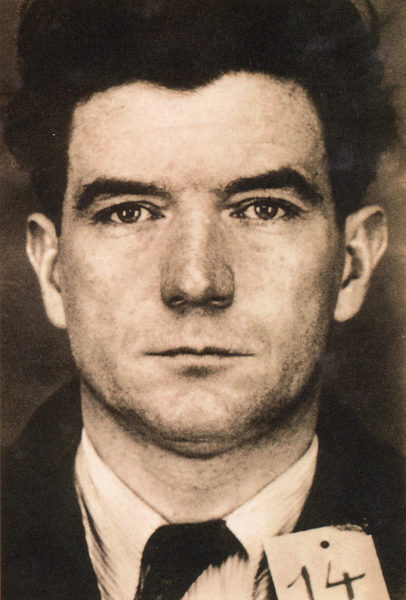During the late summer and early fall of 1942, two relatively obscure Allied commando raids led an enraged Hitler to issue an order that directly violated the rights of the wounded and prisoners of war under the “1929 Geneva Convention for Prisoners of War.” The aftermath of the order resulted in the executions of hundreds of Allied soldiers, the post-war executions of the German officers who carried out Hitler’s orders, and cited as evidence for war crimes in the trial of the Nazi leadership at Nuremberg.
Two Minor Raids
Shortly after the August 1942 raid on Dieppe, France, a copy of Allied operating orders fell into Hitler’s possession. The orders called for the binding of prisoners. When Hitler was told that German prisoners were found shot with their hands tied he went into a rage. Two months later, British commandos were dropped onto the German occupied island of Sark for the purpose of reconnaissance and to capture some soldiers for interrogation. Unfortunately, four of the five German prisoners the commandos captured were killed before being sent to London. The official German account was that the soldiers’ hands were tied when shot. This put Hitler over the top and several days later, he ordered Allied prisoners to be shackled.
Three days after the raid on Sark, Hitler issued the following communique to the Wehrmacht:
“In future, all terror and sabotage troops of the British and their accomplices, who do not act like soldiers but rather like bandits, will be treated as such by the German troops and will be ruthlessly eliminated in battle, wherever they appear.”
Kommandobefehl or the Commando Order
On October 18, 1942, Hitler issued the Kommandobefehl or Commando Order. The order was to execute any Allied commando prisoner caught in the act of a raid, sabotage, or acting as a foreign agent even if they were in military uniform. This was in direct violation of the Geneva Convention and the Nazis knew it. Read More Hitler’s Commando Order

